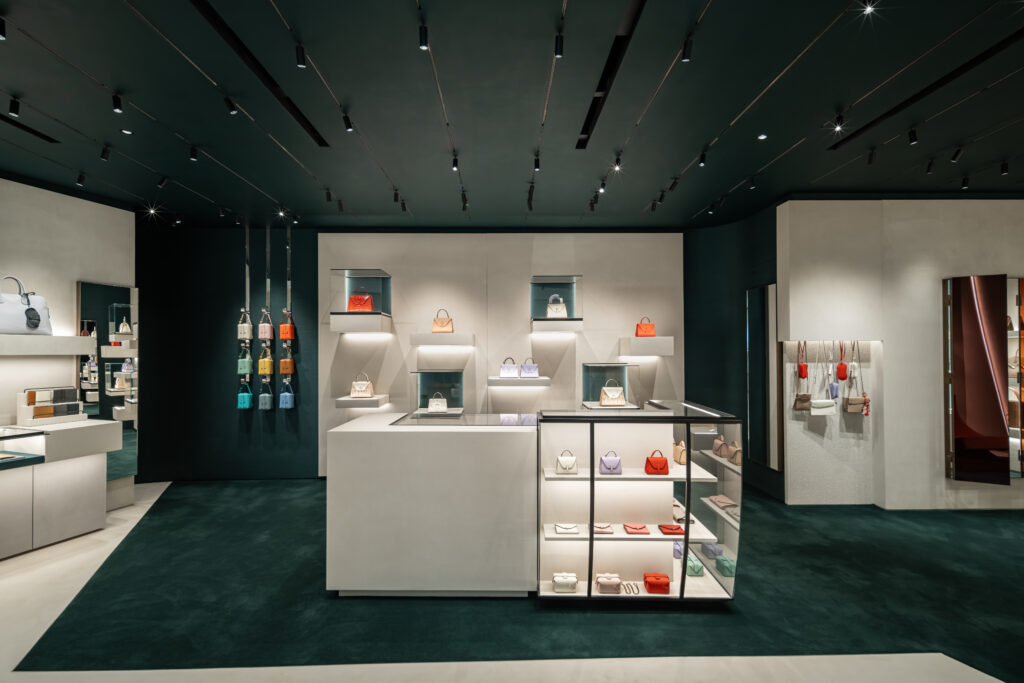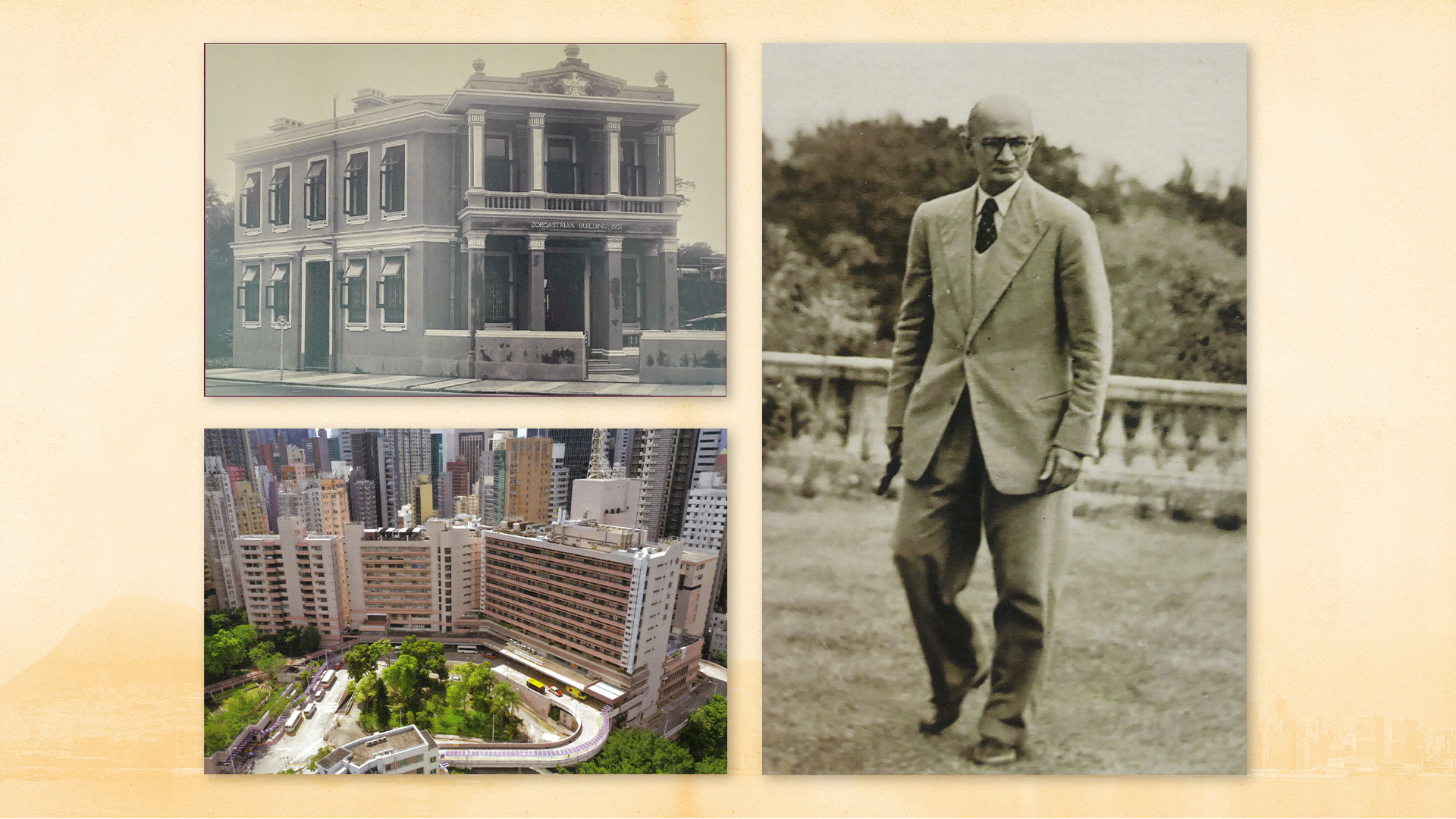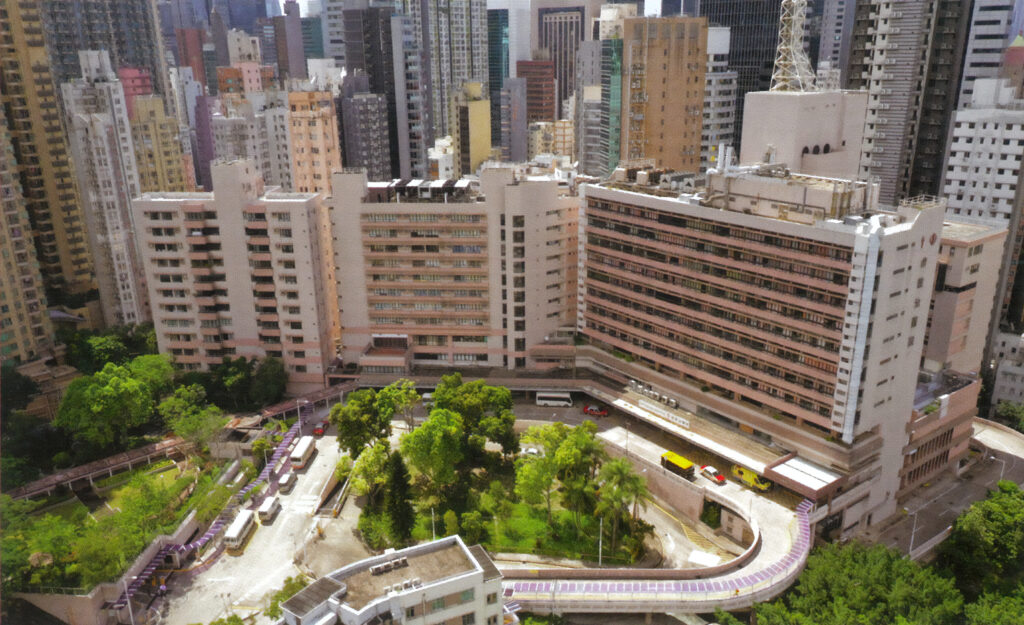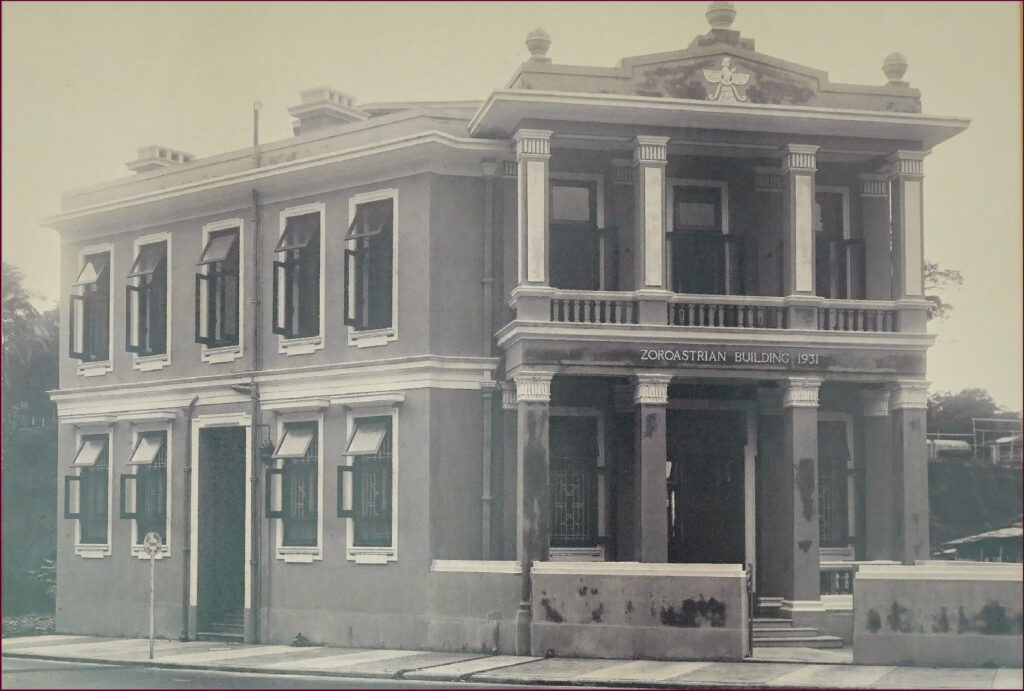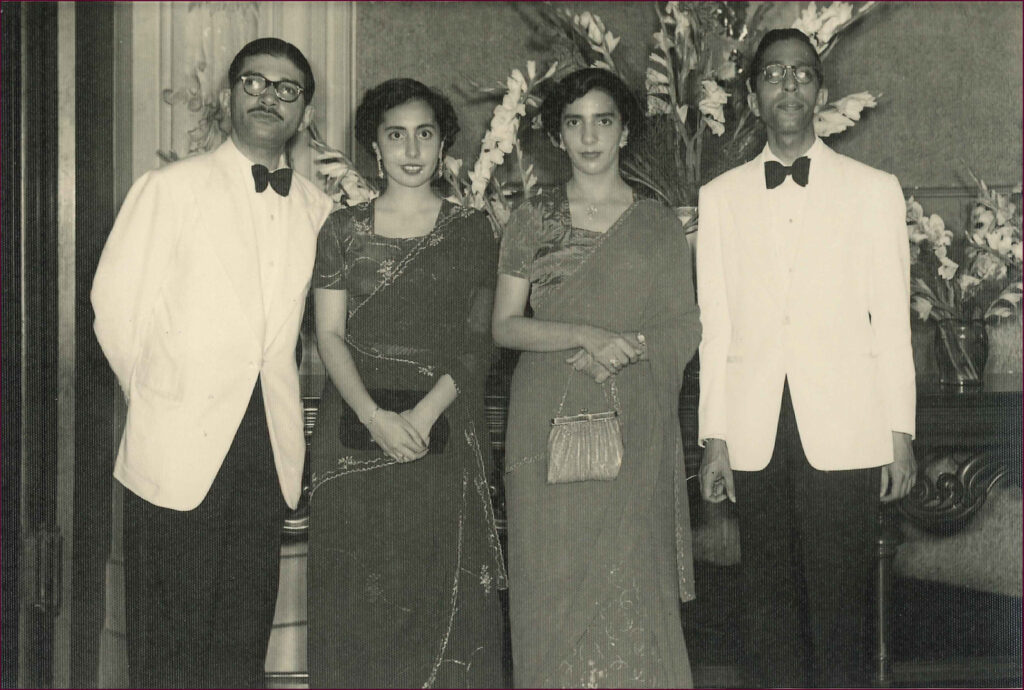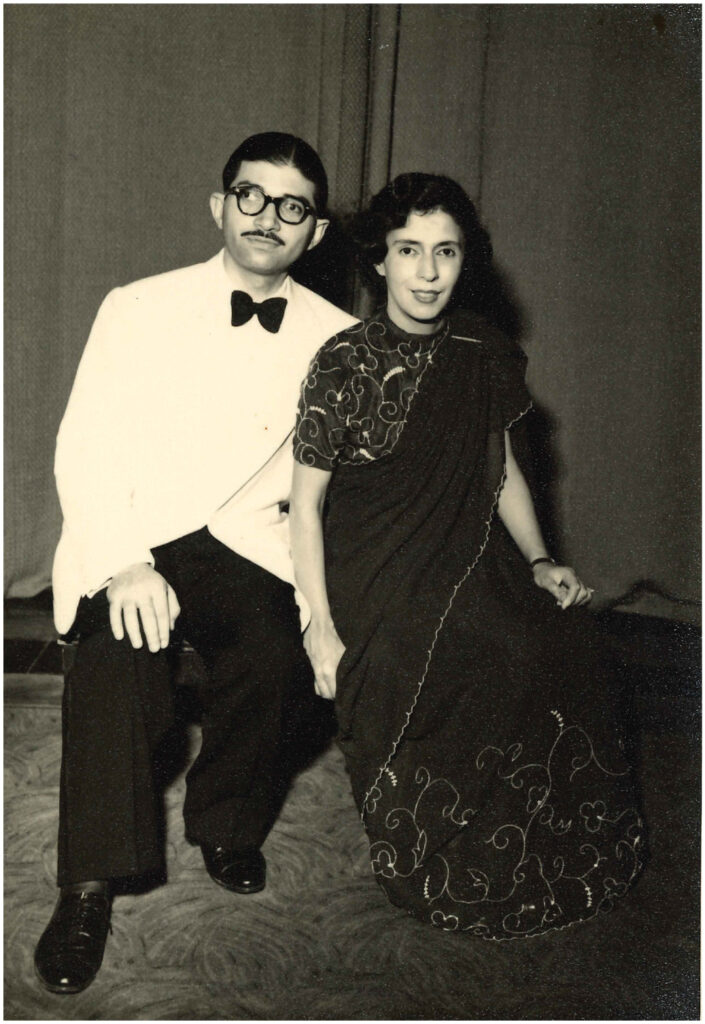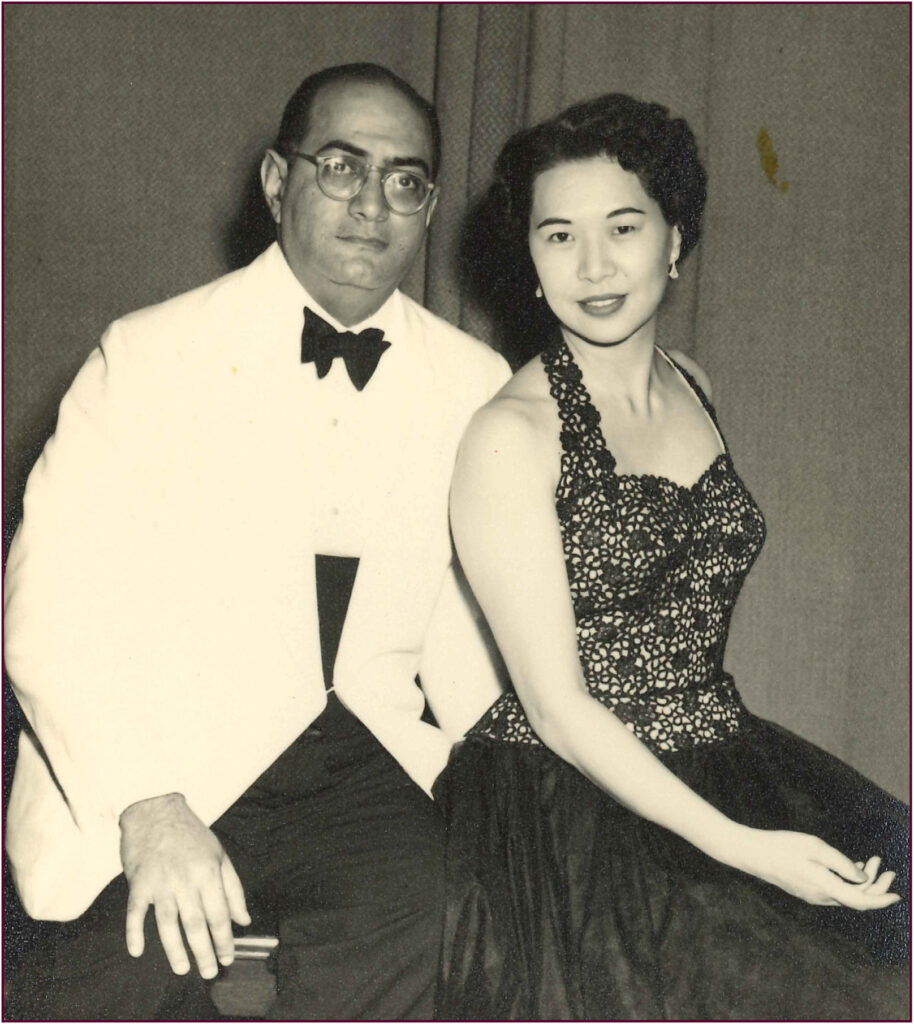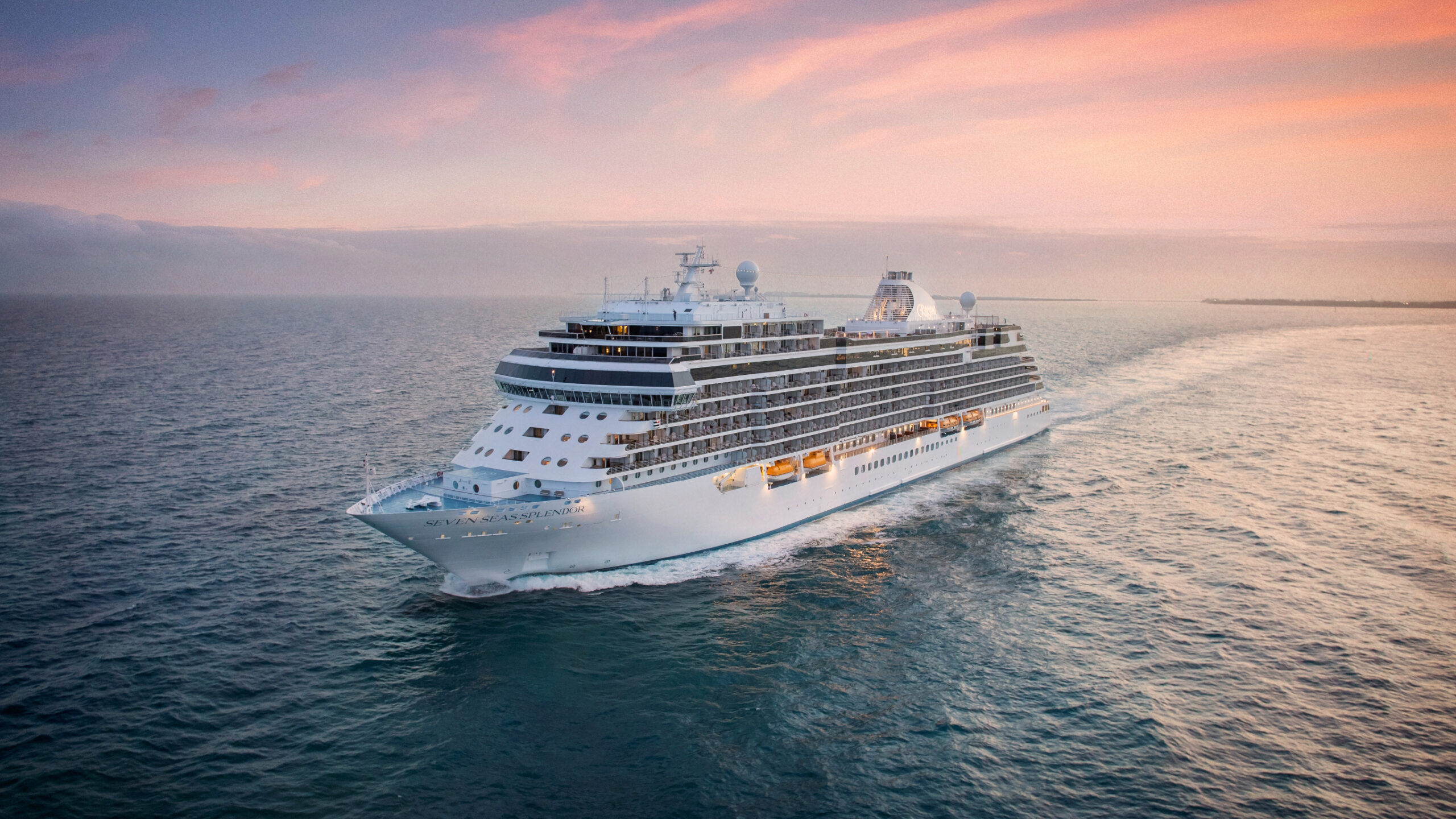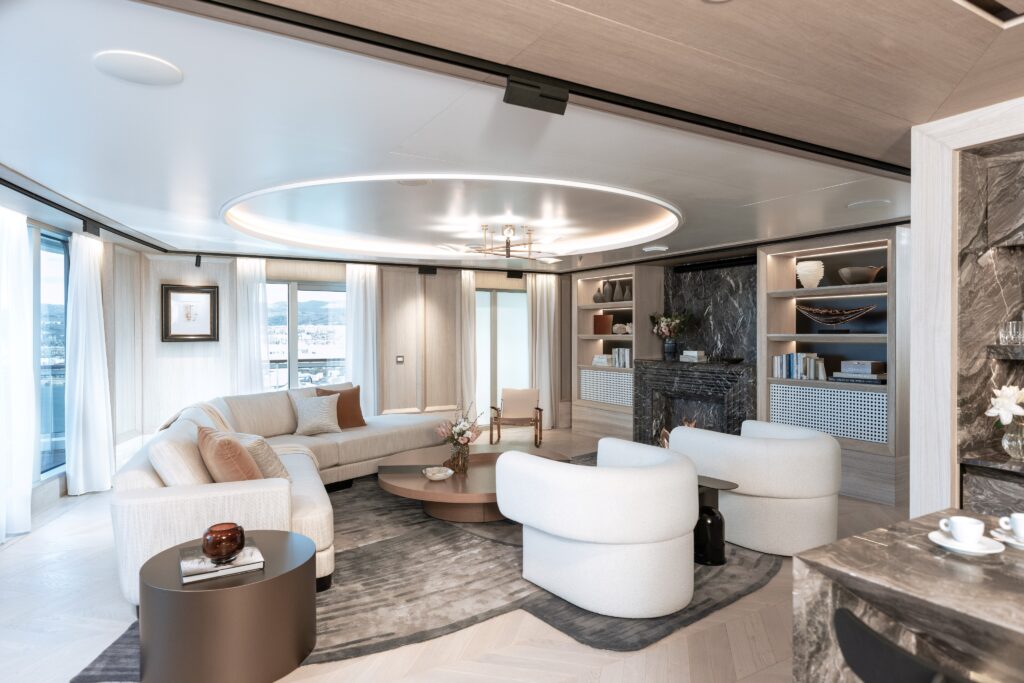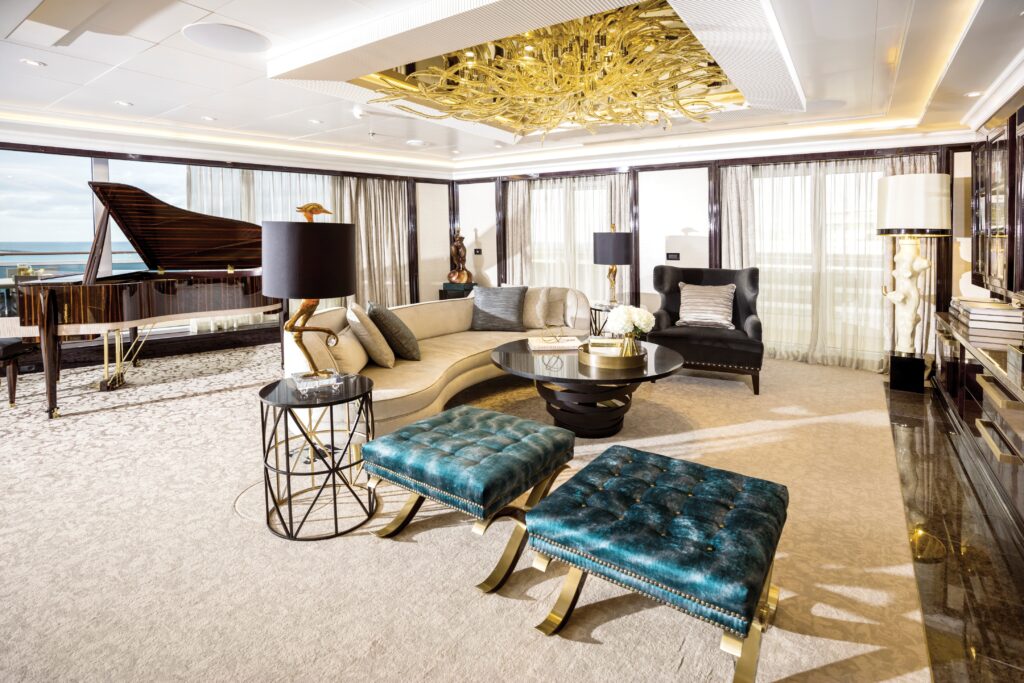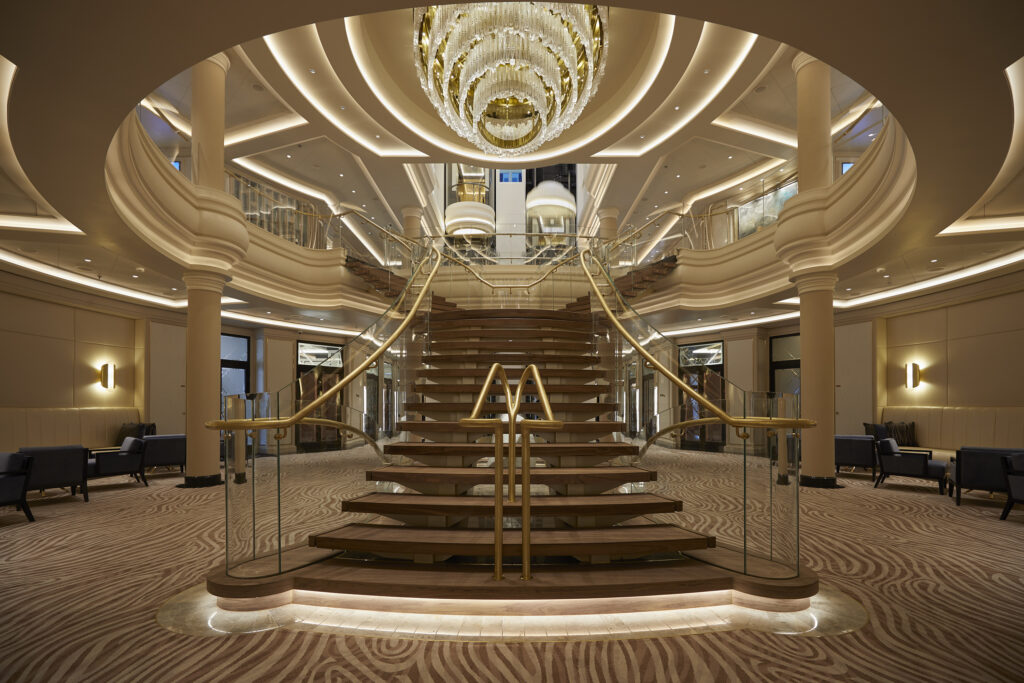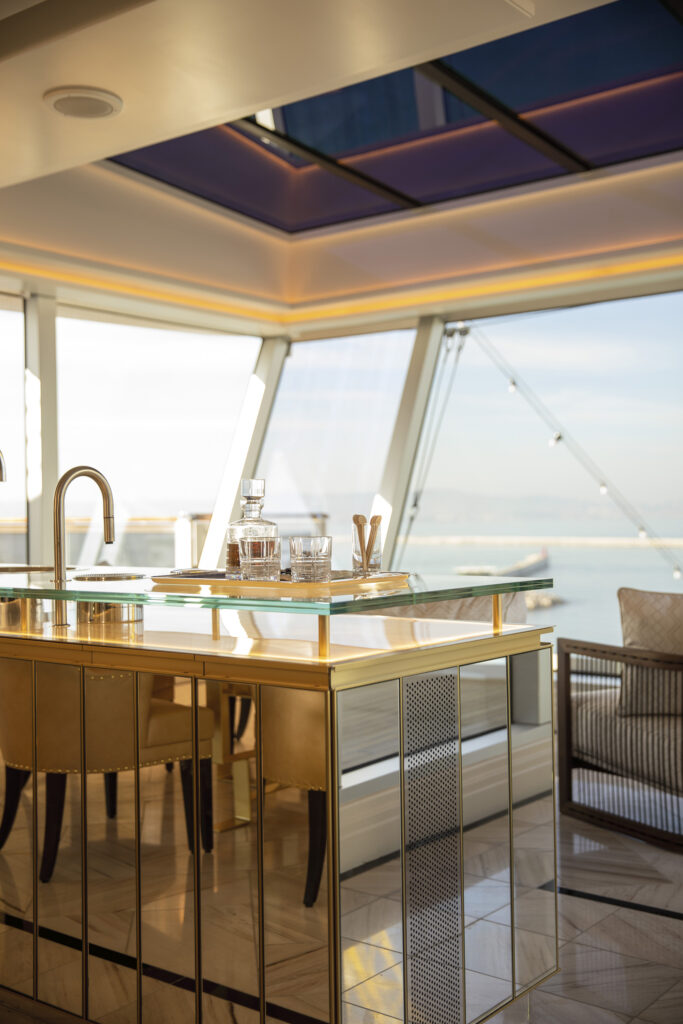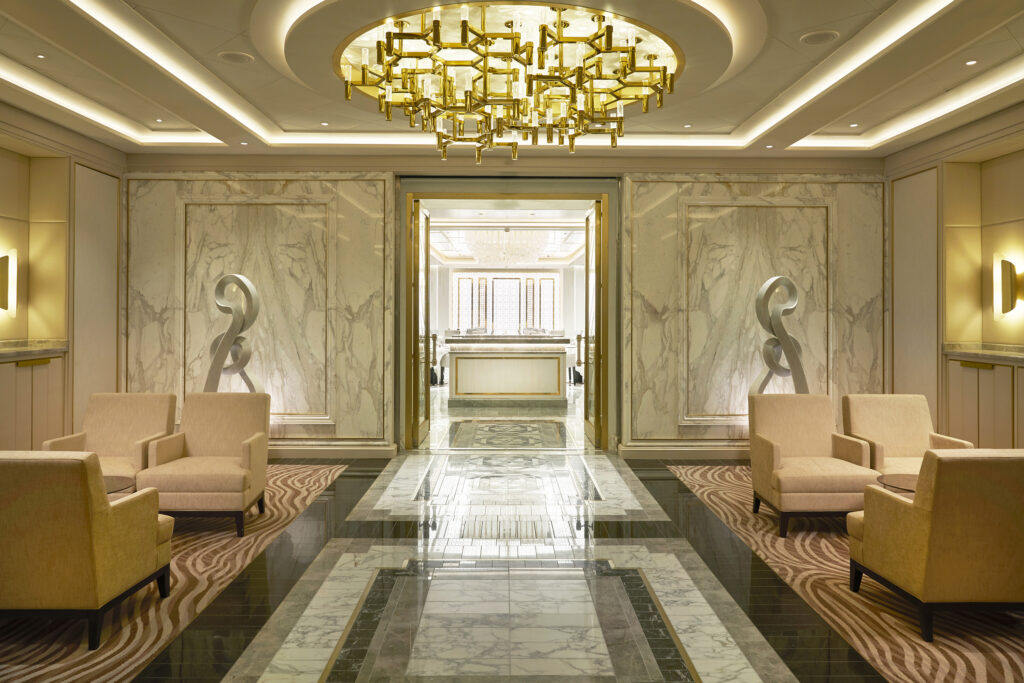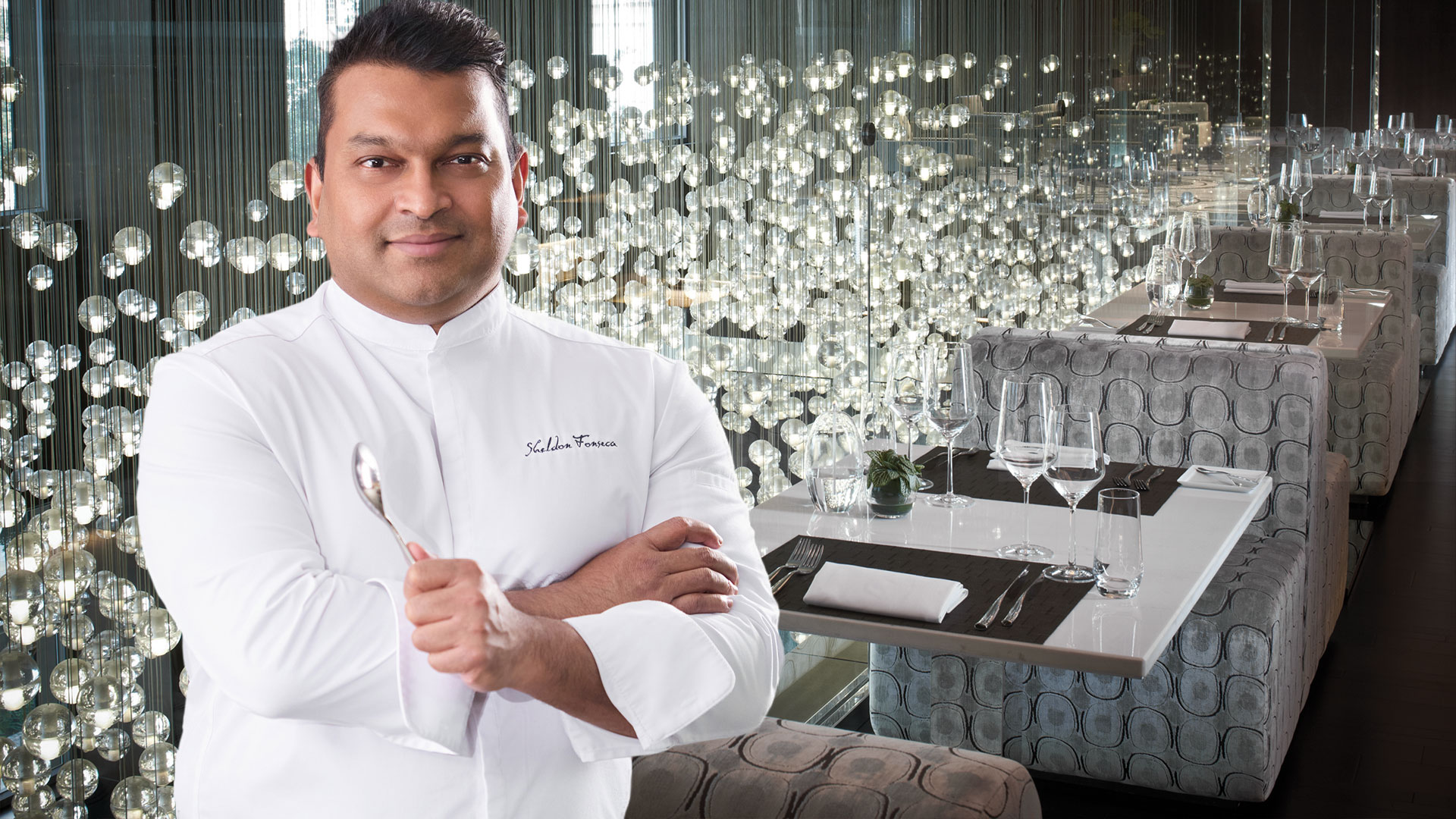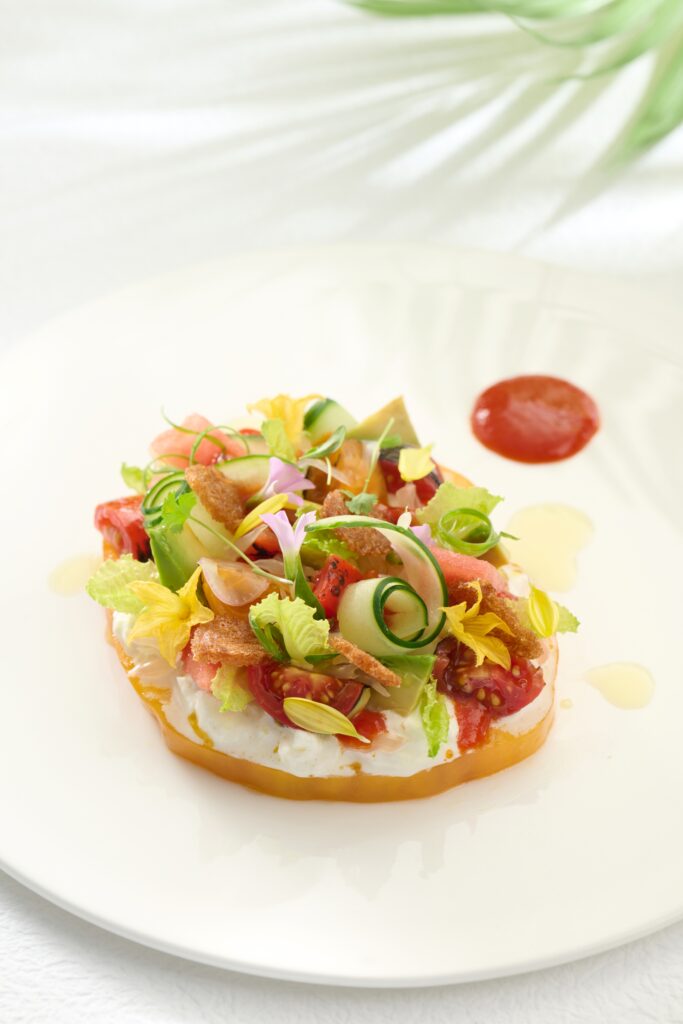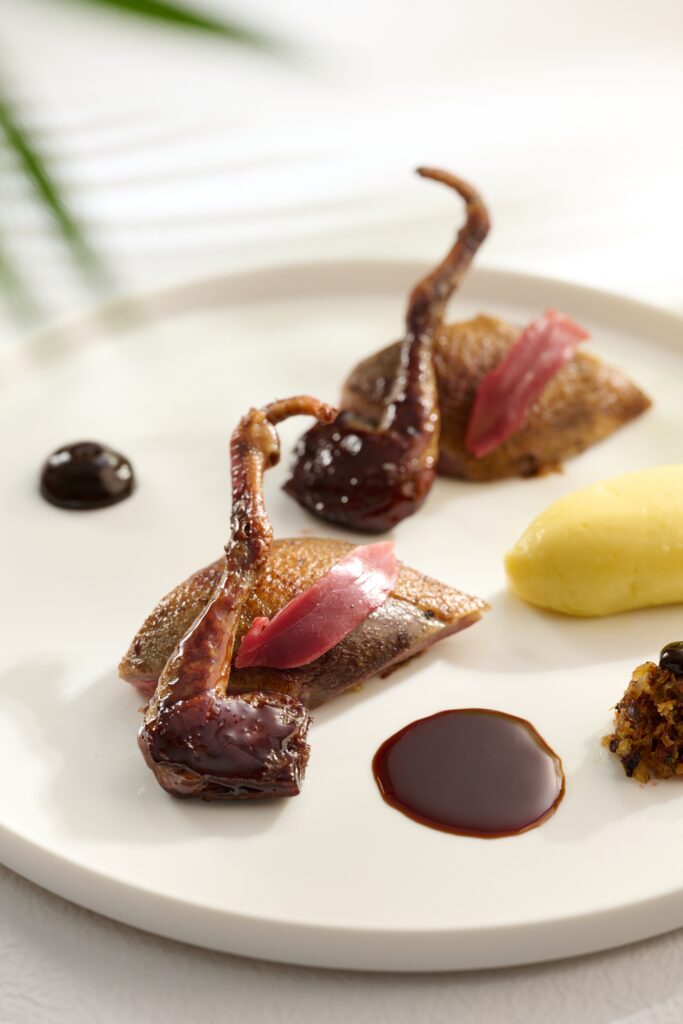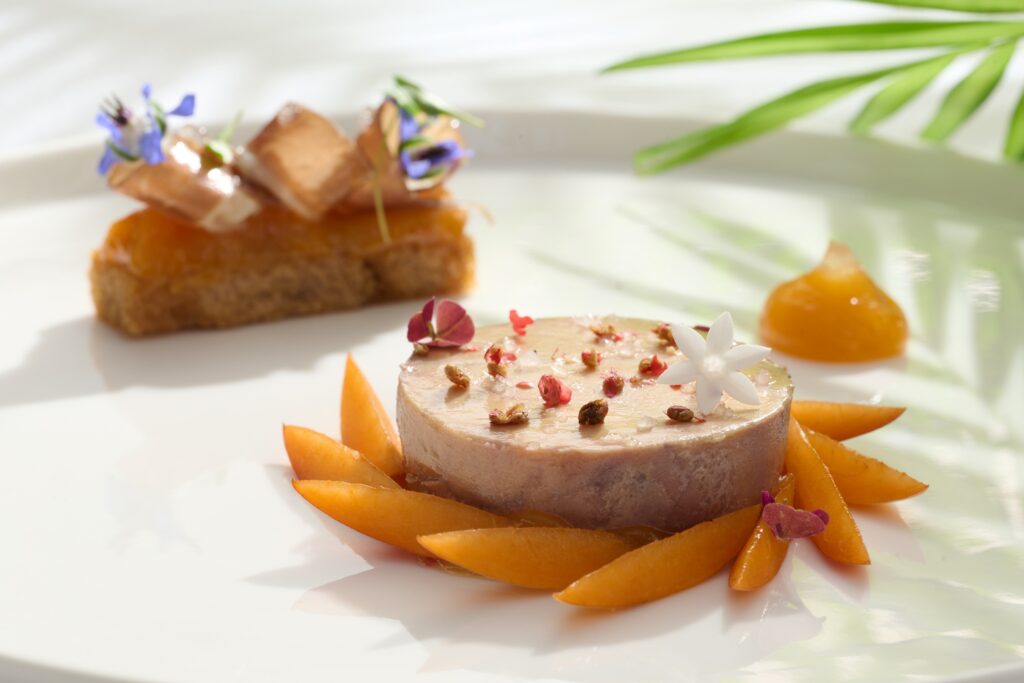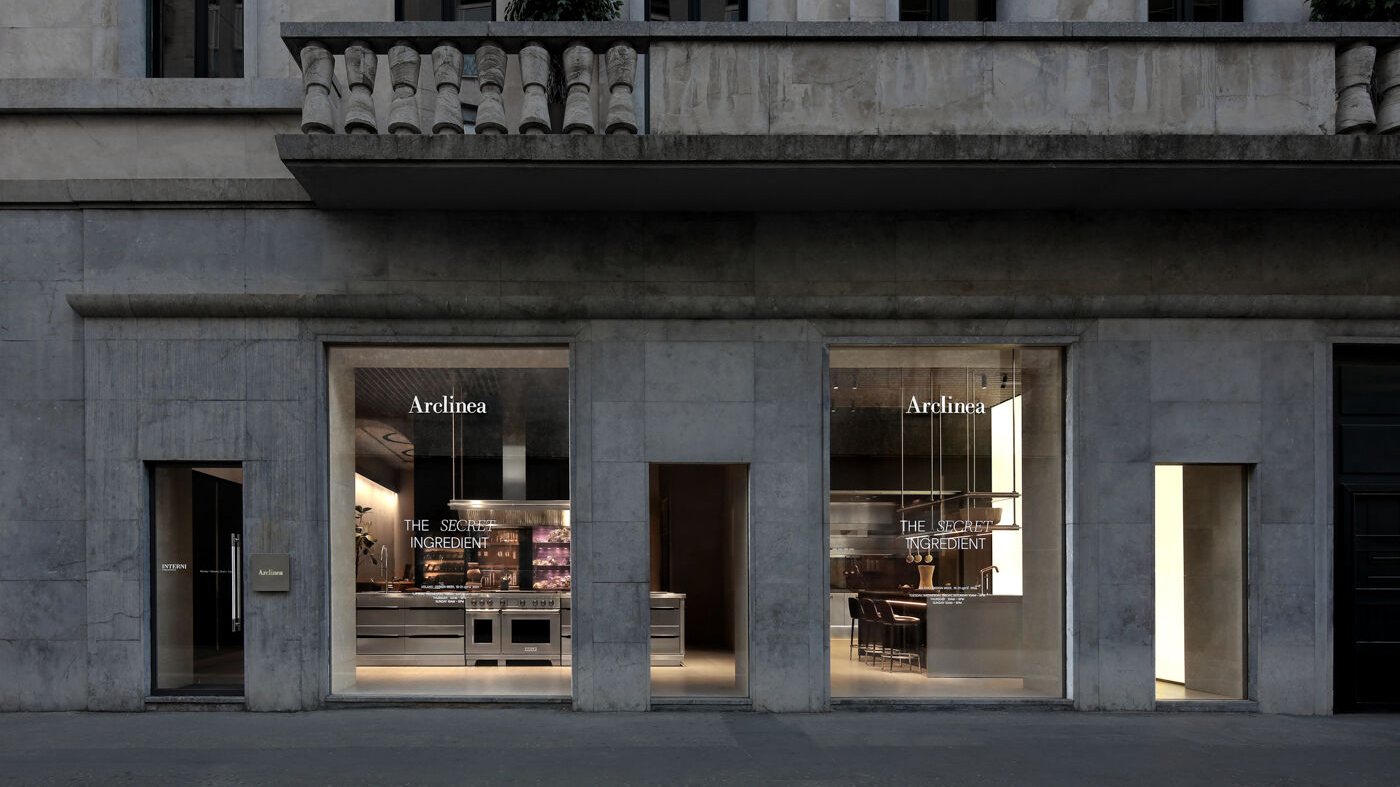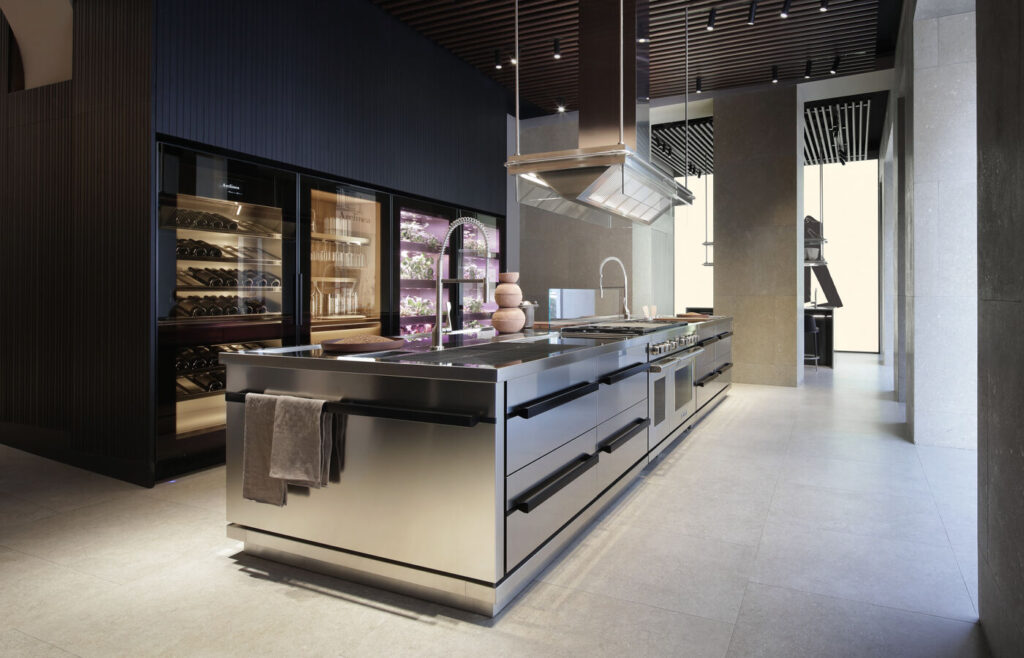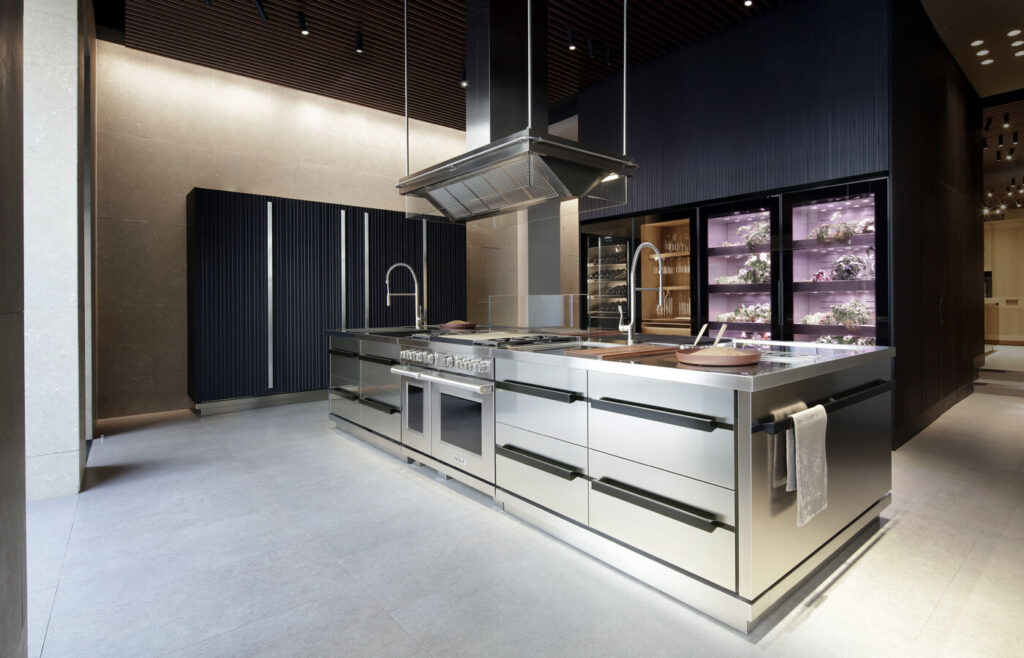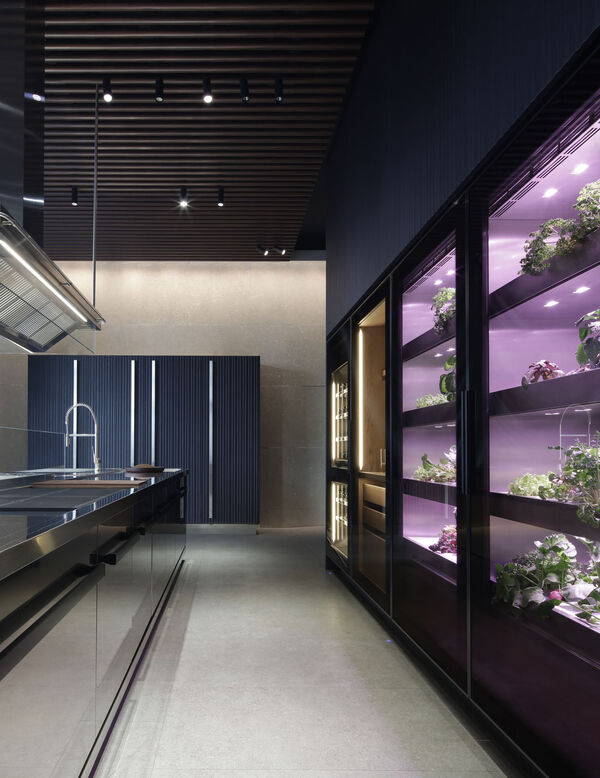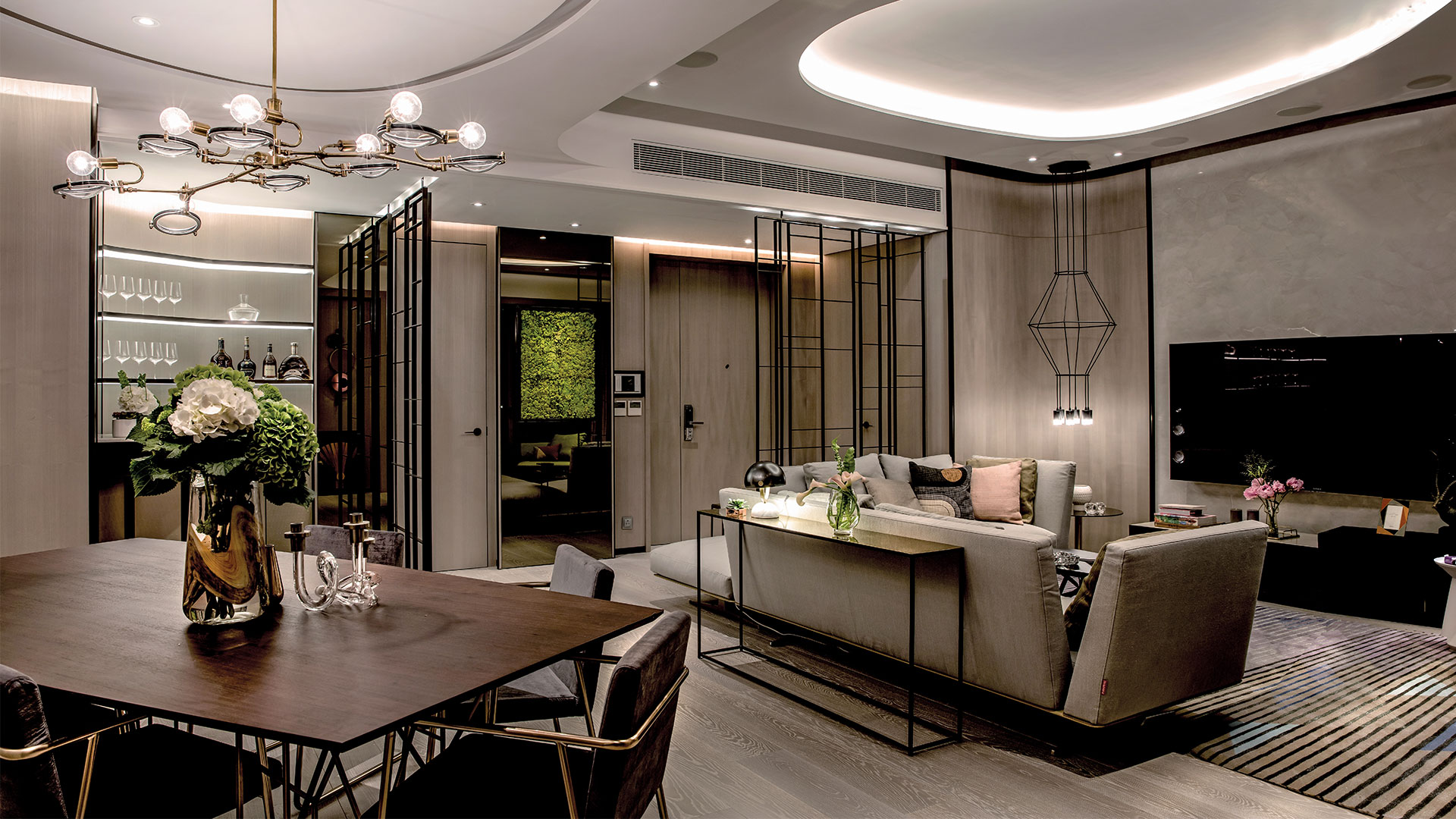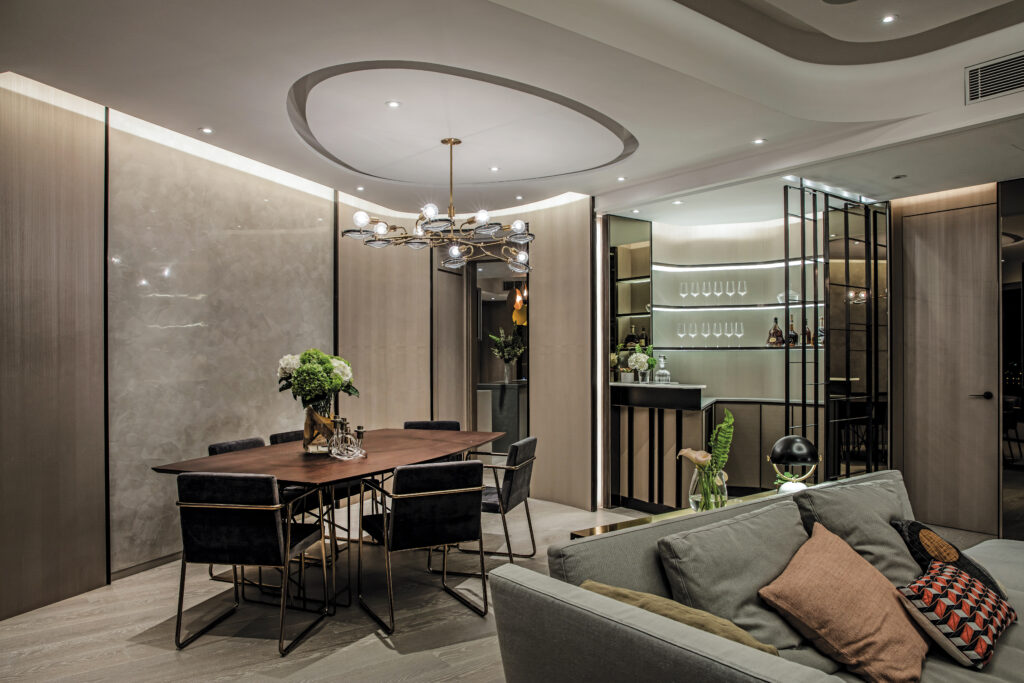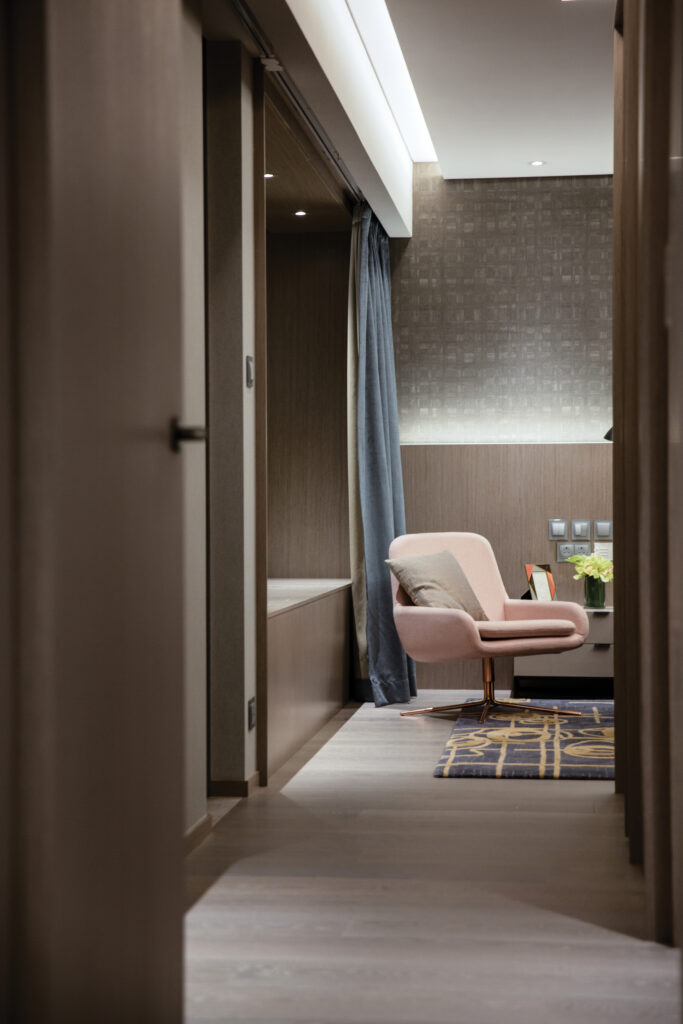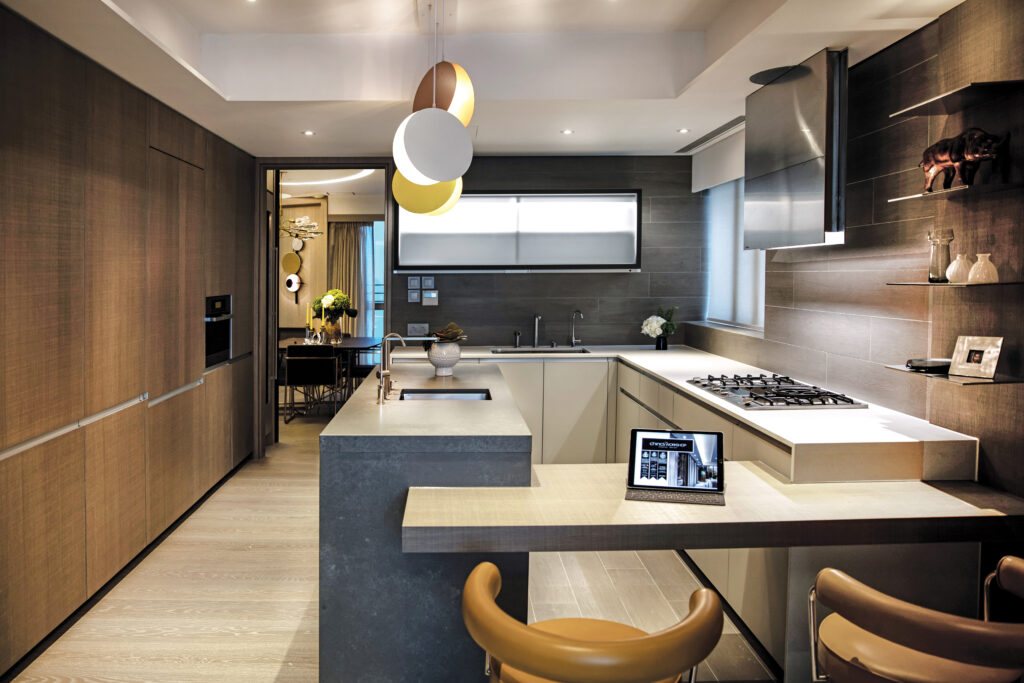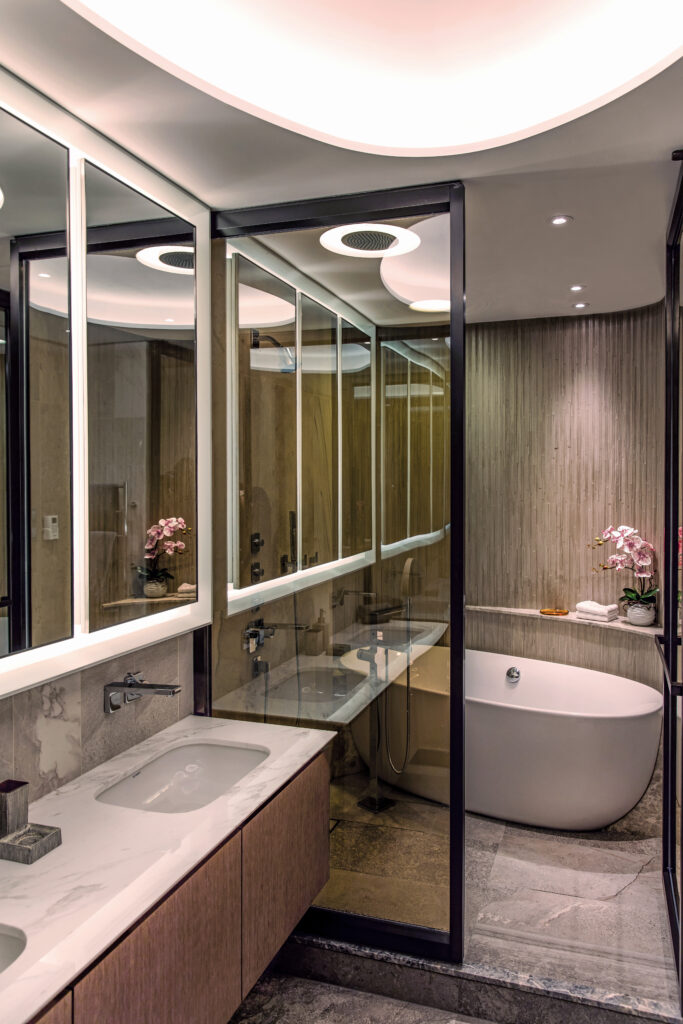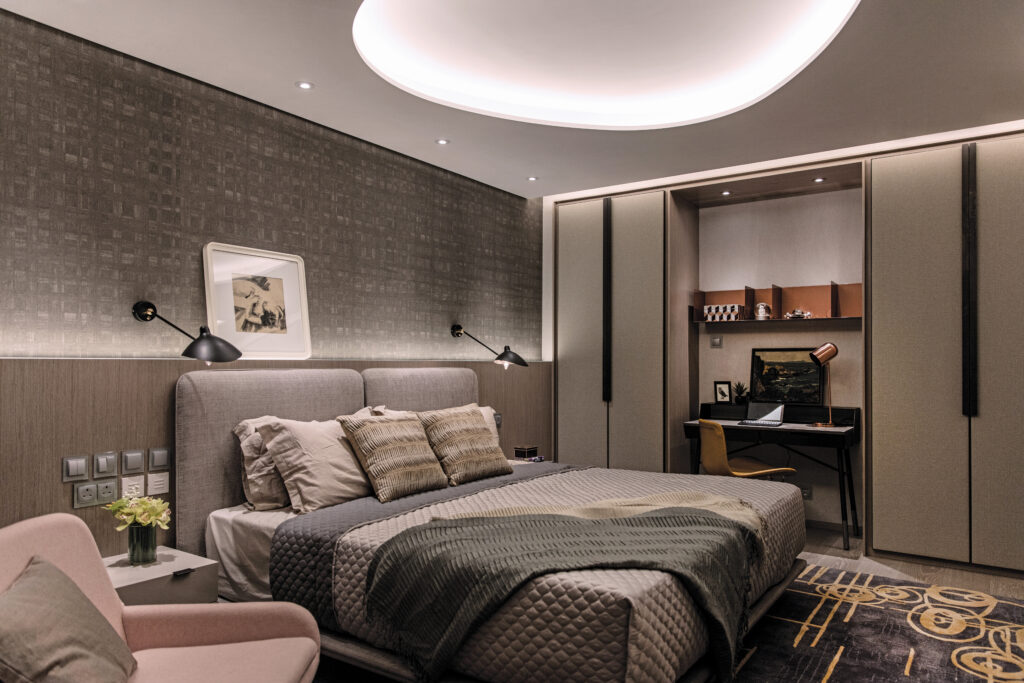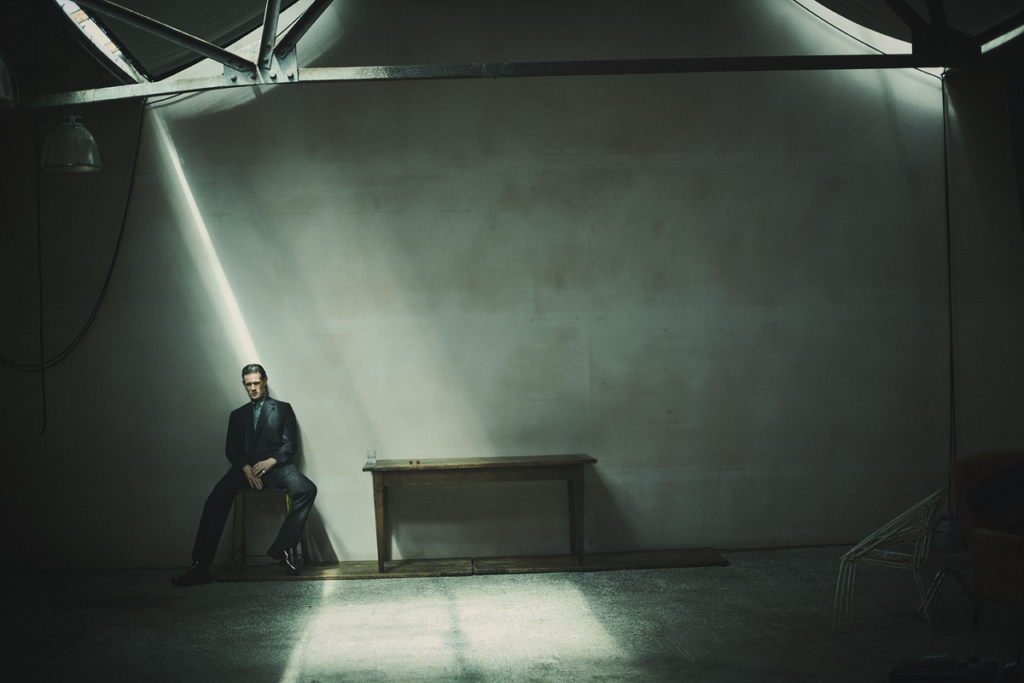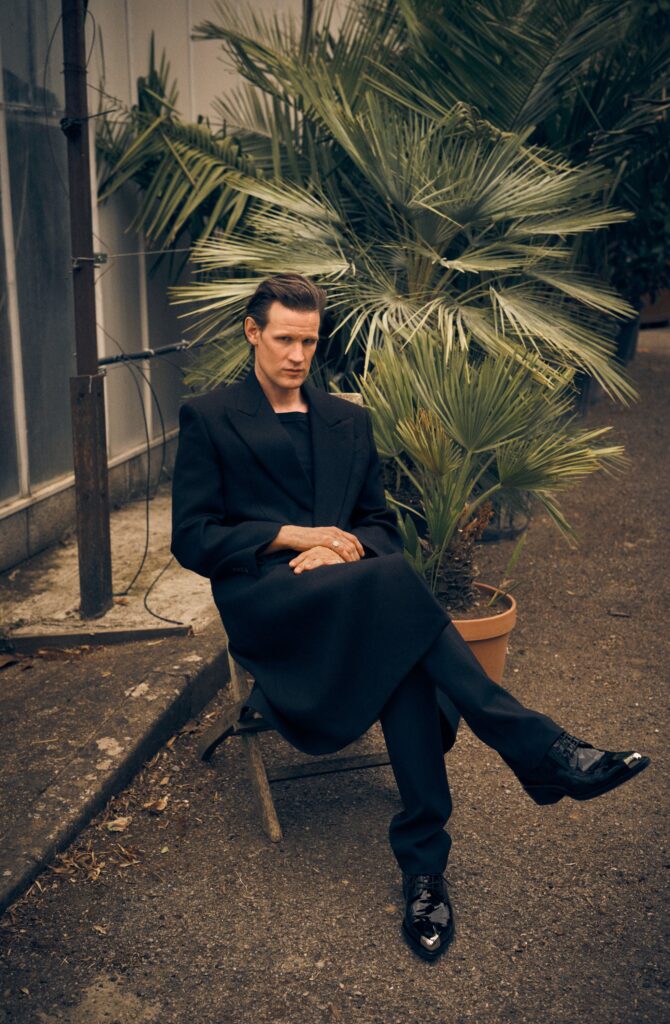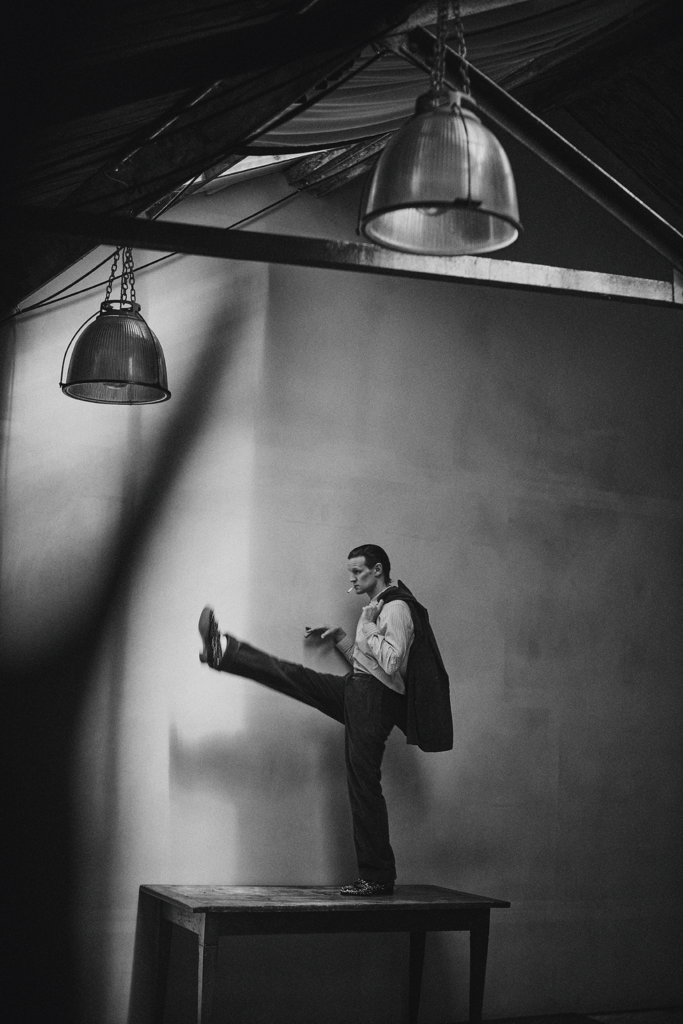Every day seems to bring disturbing news about record global temperatures, devastating wildfires, warming oceans and rising levels of greenhouse gases. In Seoul last month, citizens endured 26 consecutive ‘tropical nights’ of temperatures above 25 degrees Celsius, breaking a century-old record.
This scorching scenario has been replicated around the world. Higher temperatures are creating more frequent extreme weather events with calamitous consequences on communities and the environment. Ocean ecosystems, for instance, are in such a rapid rate of decline that scientists warn of ecological changes that should take millions of years happening within a lifetime.


It is under this challenging environment that bodies like The Nature Conservancy (TNC) are conducting all-important work, and they are under no illusions as to the enormity of the task ahead. “As a global organisation, we’re focused on building the science and the solutions needed to address the biggest conservation challenges of our time: climate change and biodiversity loss,” says Will McGoldrick, TNC’s Managing Director for Asia-Pacific.
Founded in the US in 1951, TNC is an environmental non-profit organisation whose vision is to support a liveable climate, healthy communities and thriving nature. It has more than 5,000 staff working in nearly 80 countries and territories to advance conservation work that benefits nature and people.

“Nature is the planet’s oldest technology for holding global warming in check. Healthy forests, wetlands, grasslands and peatlands store and absorb massive amounts of carbon. Our role is to harness their full potential and connect protection and restoration efforts to economic opportunity for people,” reveals McGoldrick.
He also points out how climate and biodiversity crises disproportionately affect vulnerable and impoverished communities. “So their engagement in the solutions we build for Asia-Pacific is essential,” he says.
Critical goals
Targets set by the Paris Climate Accords, the Kunming-Montreal Global Biodiversity Framework and the UN Sustainable Development Goals outline a way forward in the fight against climate change and environmental protection. The 2015 Paris Agreement bound nations to the promise of limiting any hike in global temperatures to “well below” 2°C above pre-industrial levels – and to aim for only 1.5°C of warming.
Yet, a report on the State of the Global Climate released by the World Meteorological Organization this year made for grim reading. It stated that global temperatures and sea level were at a record high in modern history, and the extent of ice in the Antarctic sea is at a record low.
The Paris Agreement outlined the need for the drastic reduction of greenhouse gas emissions such as carbon dioxide. However, in a worrying summary of the prevailing situation, the annual Global Carbon Budget report indicated that fossil-fuel CO2 emissions hit an all-time high in 2023.
McGoldrick was unequivocal about the challenge ahead: “The evidence is clear: we need to reduce emissions by at least half by 2030 to avoid the most catastrophic consequences. This requires a fundamental transformation of our systems, economies and societies. The window for action is rapidly closing – we have less than a decade to get it right.”
Imperative action
Unless action is taken soon, pessimists predict the world will become a much more dangerous place where flooding, drought, fire and unrest will force millions from their homes and habitats will be destroyed. Extreme heat has been linked to the slump in the growth of marine life by scientists.
“We have no illusions about the magnitude of the interconnected climate and biodiversity crises,” warns McGoldrick. “They require concerted, sustained efforts from all sectors – governments, the private sector, NGOs and communities among them. Only through collective action can we hope to protect nature and livelihoods closely tied to healthy ecosystems.”


TNC has set its own challenging goals for 2030. These include to reduce or store three gigatons of CO2 emissions yearly by using the power of nature and the strength of policy and markets; help 100 million people at severe risk of climate-related emergencies by protecting and restoring natural habitats; and conserve nearly 10 billion acres of ocean, 1.6 billion acres of land and more than 620,000 miles of rivers and 30 million hectares of lakes and wetlands. Finally, they aim to partner with Indigenous People and local communities to support 45 million local stewards whose well-being and livelihoods depend on oceans, freshwater and the land.
“Firmly embedded in the work we do is a commitment to uphold the rights of Indigenous Peoples and local communities to create sustainable economic growth. By doing so, TNC helps create new livelihoods, while delivering results for nature and the climate,” says McGoldrick.
Audacious schemes
To help achieve these goals, TNC is involved in what it describes as “audacious” projects. One such is the Blue Bonds for Conservation model designed to help governments unlock funding for conservation. The scheme aims to promote smarter investment in marine conservation by leveraging debt solutions to create long-term sustainable financing for conservation projects.
Blue Bonds can help governments that have high debt loads and limited access to financial capital achieve their conservation and climate action goals. Typically, TNC works with a country to refinance a portion of its national debt in a way that secures funding for conservation activities, enables valuable returns in planning and protection to improve the resilience of economies and communities, and may reduce the country’s debt burden.
“Blue Bonds are a game-changer for ocean conservation and economic growth,” says McGoldrick. “By issuing these bonds, governments can tap into significant financial savings, freeing up resources to invest in natural resources that drive their economies. Local communities, in turn, see their livelihoods and cultural heritage protected; and donors who provided the original seed funding realise incredible leverage on their philanthropic investment – a multiplier of up to 40 times”
Ocean drive
He points out the important role the ocean makes to our lives, supplying half the oxygen we breathe and sustaining fisheries that provide food and income for more than three billion people. “Coral reefs, oyster beds and seaweed forests shelter marine life and protect our shores by reducing wave energy and storm surges,” he says.
TNC is advancing Blue Bonds in island and coastal countries in the Caribbean, Africa, Latin America, the Pacific Islands and the West Indian Ocean. The scheme is part of the drive to support the two billion people living near the oceans.

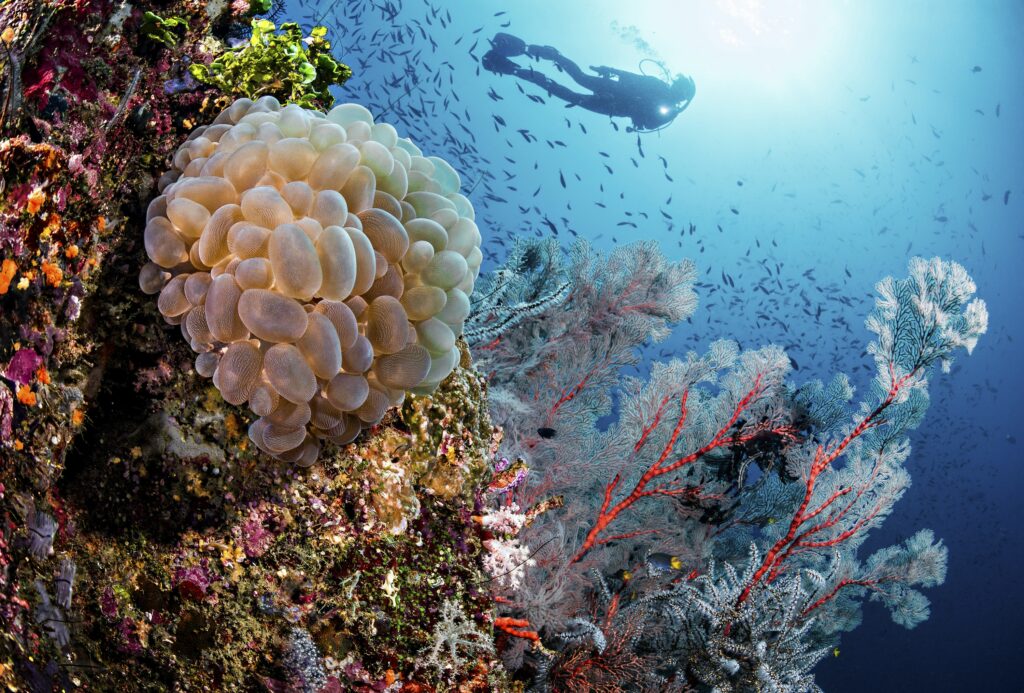
A great success story that highlights the important work TNC is doing came just months ago. They helped secure a US$35 million debt-for-nature swap between the US and Indonesia that will fund community-based conservation work in the latter’s Bird’s Head and Lesser Sunda seascapes. Described as being years in the making, the deal was signed in July 2024 and helps divert funds to a jewel of the natural world which is home to some of the world’s most ecologically significant coral reefs.
Donors step up
Philanthropy is going to play an increasingly vital role in the fight against climate change and habitat loss. A Californian philanthropic coalition launched its own satellite last month to help track global methane emissions, while an anonymous donation to the tune of US$14 million enabled TNC in April to support the Queensland government’s purchase of Vergemont Station – a remote cattle ranch larger than Yosemite National Park in California.
Representing the single-largest donation to buy land for conservation in Australia’s history, the Vergemont acquisition helps protect a unique biodiversity haven. It safeguards the headwaters of Lake Eyre Basin, the source of one of the last remaining free-flowing arid river systems in the world, and will join existing national parks to create a conservation corridor of about 1.4 million hectares, including key habitats for endangered wildlife.
“Our donors are the backbone of our conservation efforts,” reveals McGoldrick. “A diverse group of people who come from all walks of life, they are united by a shared passion for protecting the natural world and preserving biodiversity. They believe in a science-backed approach to conservation and in our proven track record of effective strategies with tangible outcomes.”
Also in April, TNC joined the Mongolian government and community partners to launch the US$198 million Eternal Mongolia initiative to preserve the world’s last great expanse of intact temperate grasslands, sand dunes, lakes, mountains and over 13,000 kilometres of winding rivers.
Nature’s way forward
TNC considers nature-based solutions as an essential piece of the puzzle to tackle impending environmental catastrophe. These are actions that address societal challenges such as climate change and disaster risk by protecting, sustainably managing and restoring natural or modified ecosystems. The key habitats of the oceans, for instance, are vital for climate stability. Coastal wetlands – such as mangroves, salt marshes and seagrass meadows – draw in carbon as they grow and store it in rich, underwater soils.

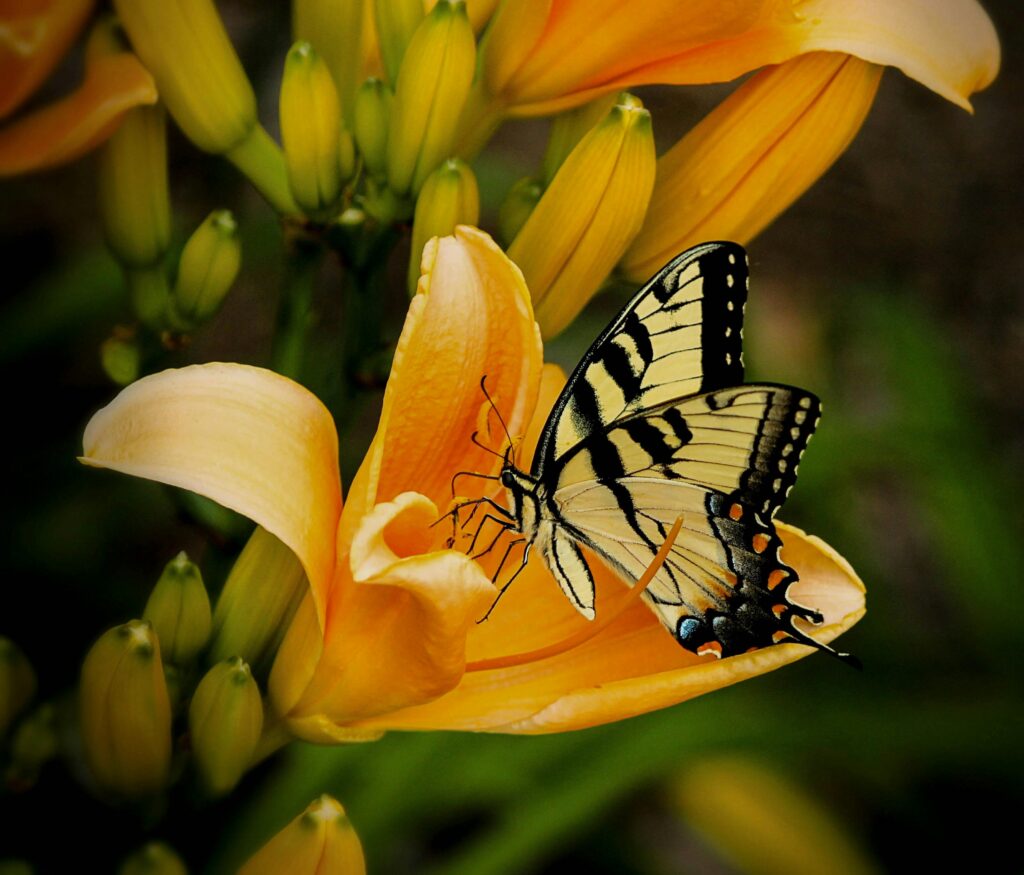
“Propelling nature-based solutions and protecting biodiversity are imperative – we have years not decades to shift to nature-positive business practices and to drive the urgent, concerted action needed to safeguard our planet’s future,” says McGoldrick of this pivotal moment in human history.












